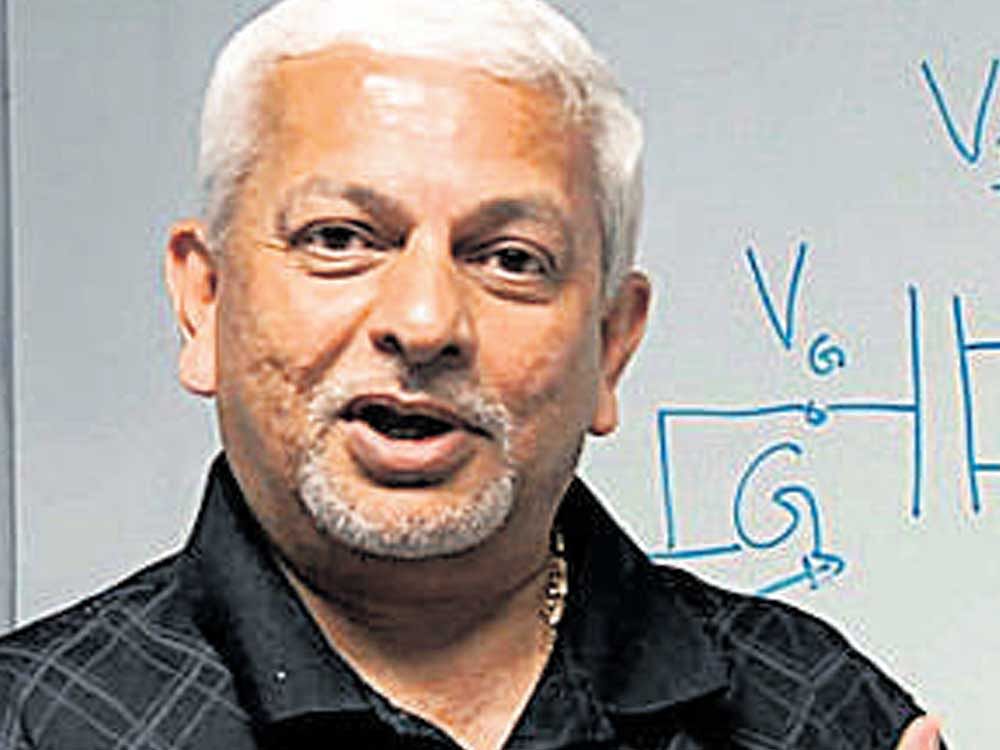
An engineer settled in the US has restored 3,000 palm-leaf manuscripts, some of them at least 800 years old, using a modern process.
Dr P R Mukund, professor at Rochester University, was prompted to take up the project by Sanskrit scholar Bannanje Govindacharya. The texts are in Sanskrit and Kannada. Among the manuscripts restored are works by Veda Vyasa, Vadiraja and Raghavendra Swami.
Interested in Vedic science, Mukund was learning the scriptures under Govindacharya in Bengaluru. That was in the early 1990s. Once, when Govindacharya tried to read an 800-year-old text, the manuscript was so brittle it turned to powder in his hands.
“He couldn’t read anything,” Mukund, on a visit to Bengaluru, told DH. Govindacharya remarked, “What use is technology if it can’t help prevent manuscripts from weathering off?”
Mukund went about finding out about palm-leaf manuscript restoration and preservation.
Imaging solution
After some research and with help from friends in the US, he found out about multi-spectral imaging. This involves restoring text with the help of computers. The image is then etched on metal and deposited on silicon wafers.
An entire text can be saved in digital images on a Waferfiche disc, about the size of a regular CD.
A magnifying glass is enough to read the etched images. Affected by neither water nor fire, Waterfiche is said to last for about 500 years.
“These manuscripts are the embodiment of pure knowledge and the least we can do is preserve them,” Mukund said.
Source of texts
The palm-leaf manuscripts were found mostly at the Vaishnavaite maths in Udupi. Sode Math has already digitised the manuscripts in its possession.
“Lack of funds is a challenge. Nobody comes forward to restore manuscripts as they serve no immediate purpose in their lives,” Mukund rued.